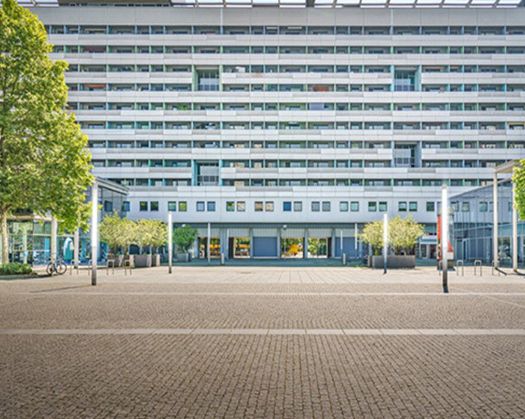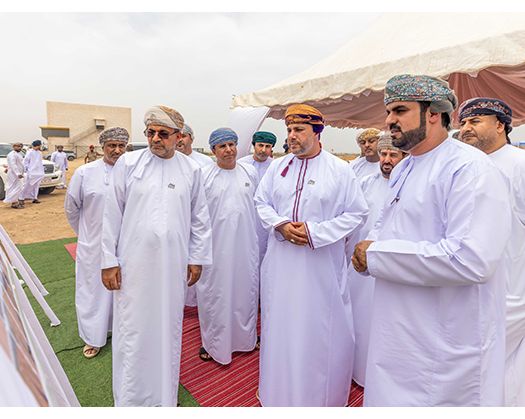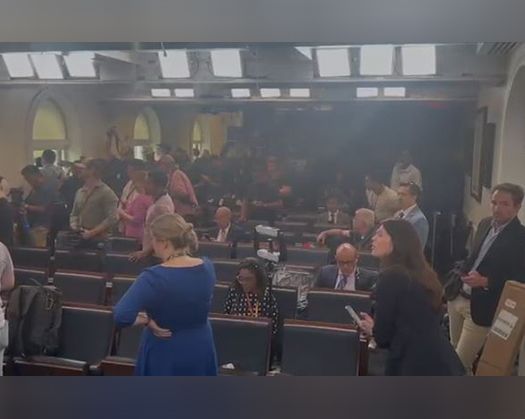New Delhi: Despite the downturn in consumer patterns, the office sector remains a key focus for real estate developers.
According to a report by HDFC Securities, the rise of retail spending has slowed as a result of a shift in consumption patterns toward travel and high inflation in the midsegment.
The organised retail continues to have high occupancy levels, with more than 90% in Tier 1 cities, owing to steady demand from the fashion, food and beverage, and electronics sectors.
According to the study, the rise in consumer spending on travel and experiences, as well as inflationary pressures on mid-segment consumers, are contributing to a more cautious attitude in this sector.
The first quarter of fiscal year 2026 looks to be a good quarter for India's annuity-focused real estate sector, with office spaces exhibiting considerable resistance in comparison to a declining retail climate.
In Q1FY26, the industry will continue to have strong structural demand, despite Q4FY25 suffering a setback owing to approval delays and poorer EOItosales conversions. Events such as trade conflicts and market downturns had an impact on mood. However, Q1FY26 begins on a more solid foundation.
Gross office leasing is continuously increasing, and vacancy rates are falling, owing to strong demand from Global Capability Centres (GCCs), the BFSI sector, and flexspace suppliers.
Prime commercial districts, notably in Bengaluru, Pune, and Hyderabad, are seeing annual rental increases of 57%, indicating continuing occupier confidence.
The declining vacancy rates in these micromarkets indicate a return of commercial demand and increased acceptability of hybrid office models.
Environment, Social, and Governance (ESG)-compliant assets are also gaining popularity, matching occupier aspirations for sustainable real estate.
Developers with significant annuity portfolios are well-positioned to benefit from a mid-to-long-term consumer comeback, despite recent challenges in the retail sector.
On the other hand, the residential sector saw a significant rebound in Q1 FY26, fueled by strong sales and persistent demand in the mid-premium and luxury markets.










